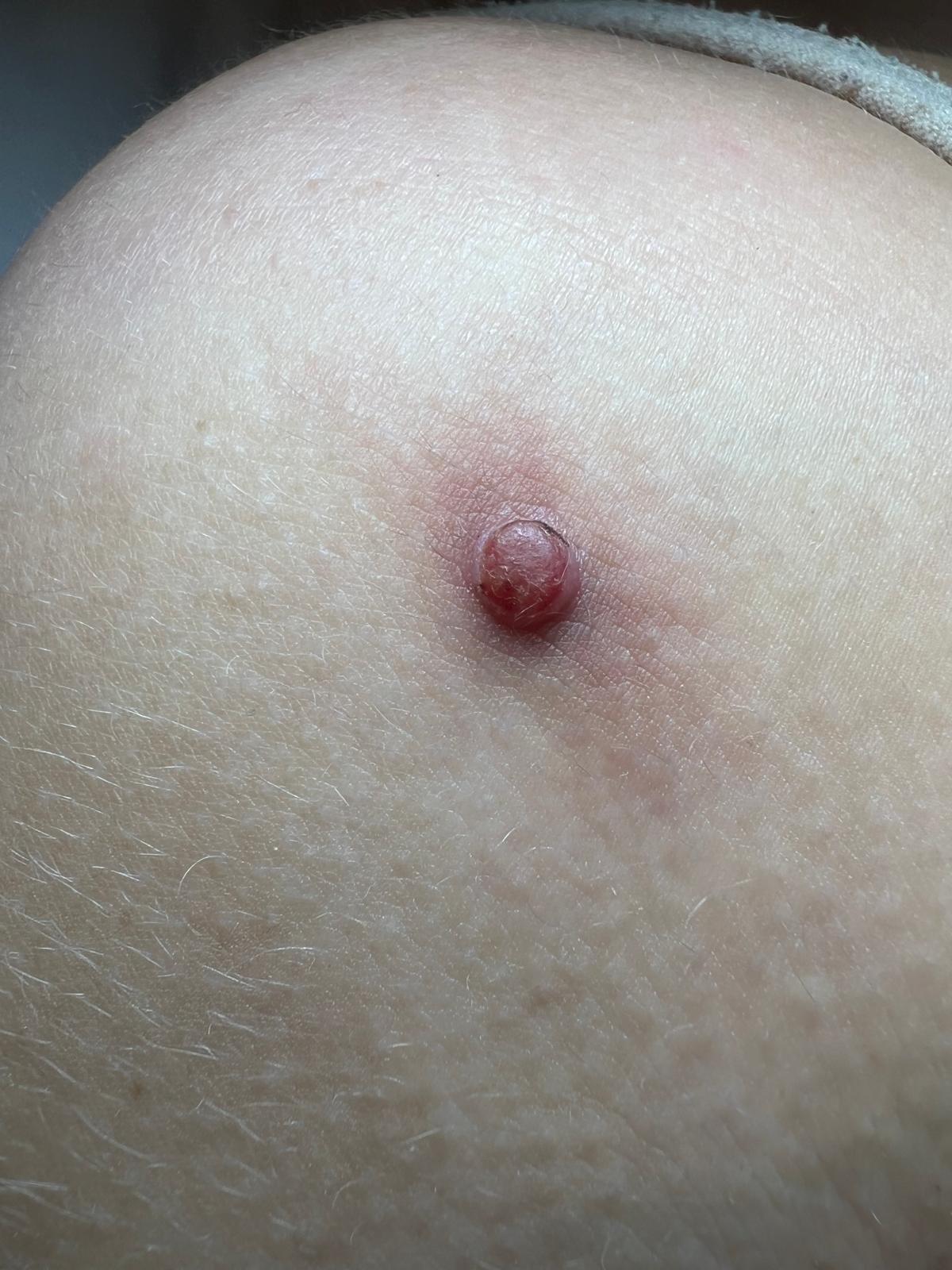Cherry Angioma Removal
Cherry angiomas are small, benign growths that appear on the skin, commonly in red, purple, or blue hues. They are made up of clusters of small blood vessels and are typically round or oval in shape. Though they may be alarming at first, cherry angiomas are generally harmless and are one of the most common types of skin lesions.
What Causes Cherry Angiomas?
The exact cause of cherry angiomas is not entirely understood. However, genetics seems to play a significant role, as they tend to run in families. Environmental factors, such as sun exposure or hormonal changes, might also contribute to their development, which is why they often become more prevalent as people age. They typically begin to appear after the age of 30 and increase in number as we get older.
Appearance and Symptoms
Cherry angiomas are usually small, ranging from the size of a pinhead to a quarter of an inch across. They may appear as single or multiple red spots and are most commonly found on the torso, arms, and shoulders. These growths are soft to the touch and may bleed if injured. While they are not typically painful or itchy, some people may be concerned if they notice a sudden increase in their number or size.
Should You Worry About Cherry Angiomas?
In most cases, cherry angiomas are completely benign, meaning they are not cancerous and do not pose any health risks. However, if you notice a sudden change in size, shape, or color, or if the angioma becomes painful or starts to bleed frequently, it’s a good idea to get it checked.
Treatment Options
Using diathermy, I can successfully treat Cherry Angiomas of all sizes. This client image below shows a before picture of when the client first came to me. This Cherry Angioma had been checked at the doctors and not required for removal for medical purposes, however the client wanted it gone as she found it unsightly and kept catching it which would cause it to bleed. as you can see she developed pigmenation around it due to this. I knew it would potentially take more than one treatment and you can see in the second picture when she first returned 6 weeks later a good reduction but another treatment woul be necessary. as she was due to go away she returned another 6 weeks later and you can see in the third picture that further shrinkage was achieved which shows that it is imperative to allow the body to heal and work its own magic on the blemish. The final picture shows the blemish has now completely gone and the client is over he moon with the results. There is a footprint of where it has been and for this the client was made fully aware to expect this prior to amy treatment beginning.
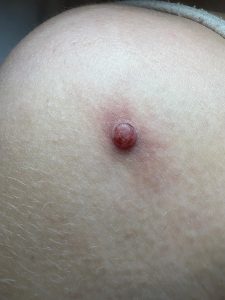
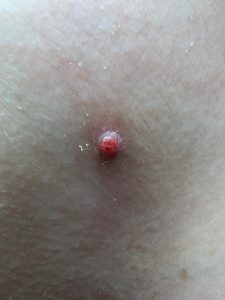
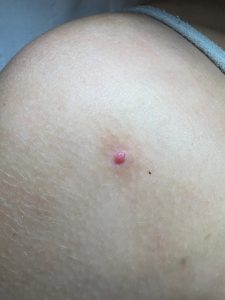
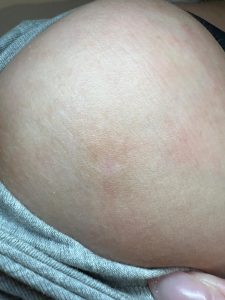
To book a consultation in my Colchester or Chelmsford Clinic Click HERE

